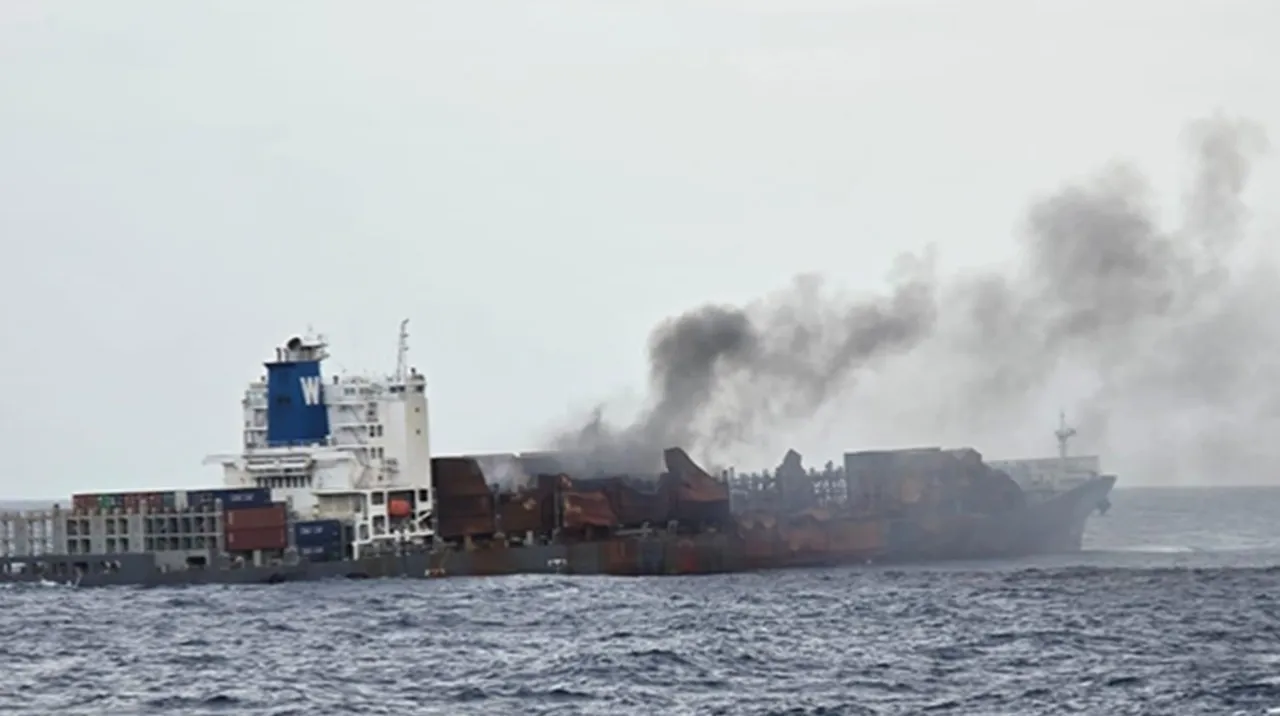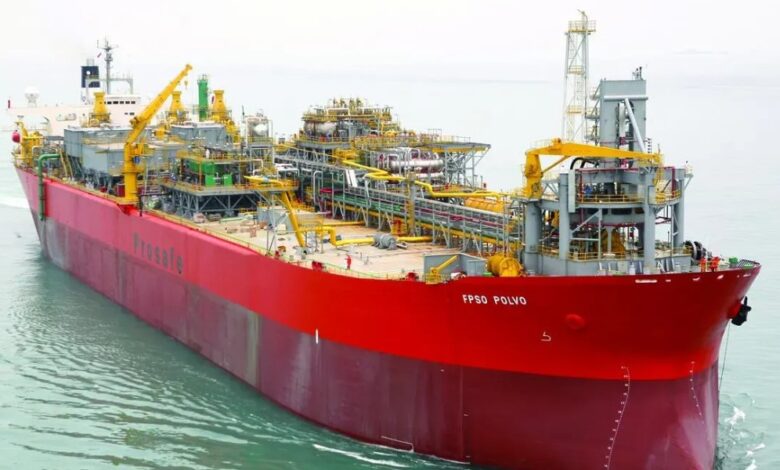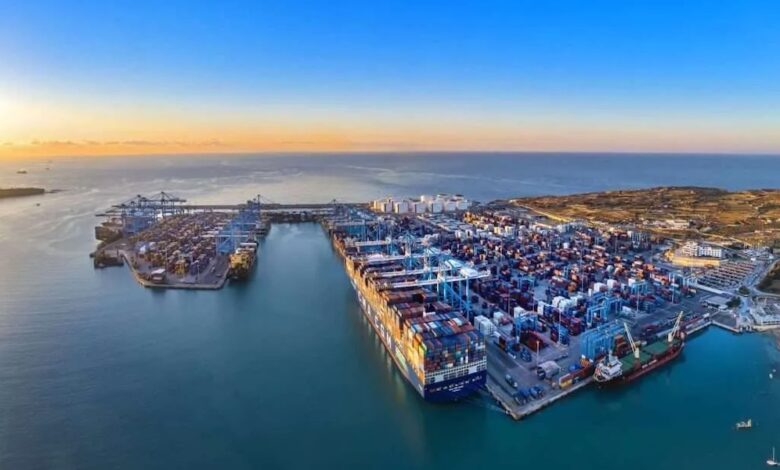Seatrade Maritime: WSC initiative to tackle mis-declared container cargoes
Container lines aim to change the blight of mis-declared, badly labelled and poorly packed boxes that pose a serious safety risk to the industry
Wan Hai 503 fire was believed to be caused by mis-declared cargoCredit: Indian Directorate of Shipping via KSDMA
The World Shipping Council (WSC) is expecting to launch a new initiative to manage the mis-declaration of cargo and cargo deficiencies in the coming weeks, following the latest increases detailed in a report to IMO.
A small year-on-year increase in cargo deficiencies marks a five-year trend which has seen freight defects nearly double, according to the latest WSC report. However, the report is based on data collected by just seven countries.
In an effort to improve the data collection on cargo deficiencies an extension of the concept of Hapag-Lloyd’s Cargo Patrol, in as much as the system will seek to identify containers of concern and flag them to vessel operators, is to be launched said by Peregrine Storrs-Fox, loss prevention consultant to the TT Club.
“WSC, with the agreement and collaboration of a number of shipping lines will launch the programme soon,” said Storrs-Fox, adding that joining, “the programme will be voluntary for shipping lines”.
Software for the new system has been developed by the National Cargo Bureau (NCB) with lines expected to sign up to the new programme to use the new software.
Lines will be expected to compile lists of suspected containers with deficiencies and to take action, with the NCB system using machine learning, via AI, to learn which boxes should be inspected.
Related:ElbFeeder books boxship pair at Jinling Shipyard
Any necessary inspections will be the responsibility of port state authorities.
Cargo deficiency data is mostly carried out by mature economies, said Storrs-Fox, with the US and Germany leading the way with the most container inspections, those inspections “are mainly export containers”..
Since 2019 deficiencies on inspected cargo containers have increased to 11.39% in 2024, nearly double the 6.54% recorded five years earlier, though 2019 figures were down on reports from the previous two years.
Seven jurisdictions inspected more than 77,600 containers and found that 8,850 had a deficiency, with the most common defects being placarding and container markings and container stowage, which together comprised around 90% of all defects.
It is a major concern that container marking errors are the biggest recorded mistakes made, said Storrs-Fox: “Placarding and marking is the first indication that crew or terminal staff will have that a cargo container is of interest and that they should be aware that certain measures could be necessary.”
Joe Kramek, President & CEO of WSC, believes the data is clear, that, “gaps in cargo safety remain far too common.”
A continuation of cargo deficiency reporting will identify trends and allow the industry to take appropriate action to improve the safety of shipping, said WSC.
Related:USTR port fees to cost Cosco Shipping and OOCL $1.5bn in 2026
One significant and necessary improvement acknowledged by Kramek: “With only seven port States currently reporting, there is an opportunity for more governments to contribute their data, strengthening the global picture and helping to make shipping safer for everyone.”
Even so Kramek believes the data collected reveals why an “industry cargo safety program”, is necessary to improve cargo screening and inspections.
The WSC CEO added. “By pairing accurate reporting with better screening, clear standards, and practical guidance, we can reduce risks and protect lives, cargo, and the marine environment.”
Related Posts




